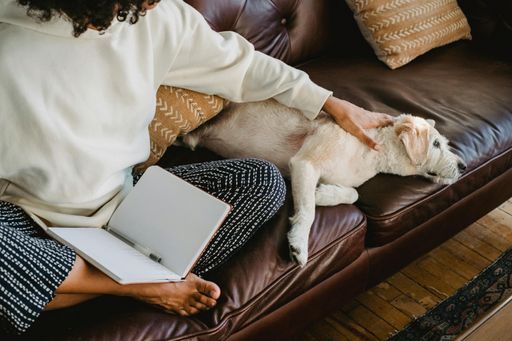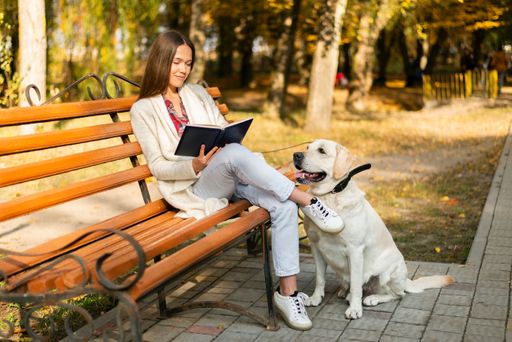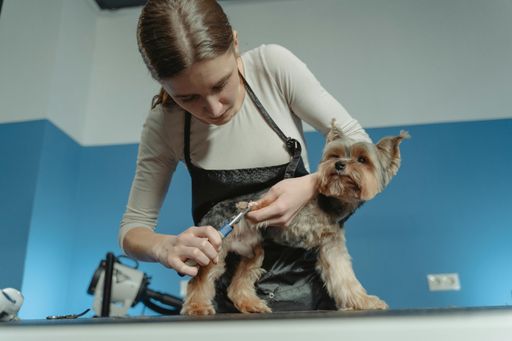While you are probably excited about moving to a new home, your dog is probably less so. Most dogs thrive on routine and understanding what is expected of them at any given moment. Changing houses can be a big upheaval, and may sometimes lead to anxiety or bad behavior in your furry friend. Fortunately, there are plenty of things that you can do to ease your dog’s transition into a new space!

Identify the dog friendly areas in your new home before you get there
In your current home, you probably have designated areas where your dog is allowed to be, and some restricted areas. There is likely a particular spot where your dog eats, sleeps, as well as an area outdoors where they can go to the bathroom. Your dog learned about all of these spaces through consistency and routine.
Before you move into your new home, identify the areas where your dog will be allowed or restricted so that you can be consistent about the new routine from the very first day. Figure out where you will put the water bowl, food dish and where your dog will relieve himself.
Pack up your dog’s things last and take them out first
If possible, pack up your dog’s items last. Obviously, their food and water bowls will need to be available until you leave, but other items such as their bed and favorite toys can provide a lot of comfort as the rest of the house gets boxed up. While it may be tempting to wash the dog bed or toys prior to moving, keeping a familiar scent on your dog’s belongings can help them transition more easily.
When you get to your new home, unpack your dog’s belongings as early as you can and place them in the areas where your dog is permitted to be.
Maintain your routine as much as possible
If your dog is fed and walked at the same times every day, try to maintain that routine through your move. This will create less disruption as your dog gets used to their new surroundings. Little things count too. If you usually keep some treats out on the counter, or the leash by the door, replicating these seemingly mundane details can help your dog to feel reassured.
Be patient
Expect that your dog may be anxious or have difficulty settling down in your new home. Most dogs enjoy being in familiar surroundings, so you may find that they are more curious than usual and interested in checking everything out.
Younger dogs and dogs with anxiety issues, in particular, may act out behaviorally. This may include things like chewing or going to the bathroom in the house. While it is alright to reprimand your dog to let them know that behavior is unacceptable, try to be patient at the same time.
To avoid having these behavioral issues become habit, you may choose to keep your dog with you at all times while he or she settles into the new home.
Increase exercise and reward good behavior
A tired dog is a happy dog. If your dog seems to be struggling with adjusting to the new home, or is acting out behaviorally, try taking them for a long walk, a run or a hike. Find out where your local dog park is and let them run around for a while.
When at home, try getting them to focus through simple training exercises, encouraging your dog to sit, lie down and stay. You can also reinforce which areas in the house they are allowed in by giving them treats and praise when they lie down in the right spot.
Keep your dog safe
Don’t forget to update the address on your dog’s tag before you move. This can be important as some dogs will wander away from new homes. If your dog is chipped, be sure to update the address and contact information in the database, and with your veterinarian.
If your new home is far away from your current one, get recommendations for a new vet and make note of their hours and emergency contact information.
In conclusion...
With a little bit of planning and a lot of consistency, you can ease your dog’s transition into a new home. Remember to maintain routines as best as possible, increasing exercise as needed. Given some time, your dog will grow to love your new home as much as you do.



















